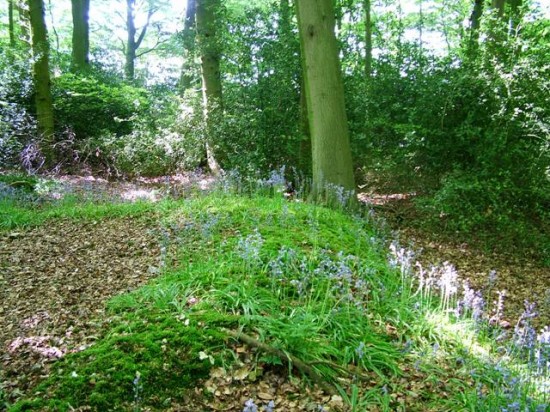
Within the Wildwood is a small rhomboid shaped bank and ditch, in fact this was the first archaeological feature to be recognised way back in 1982 and reported by two local school boys.
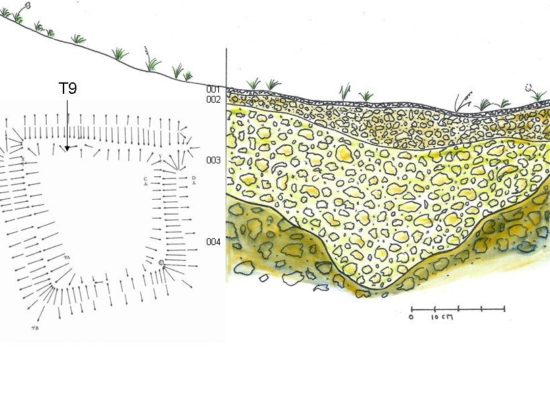
The county archaeologist of the time inspected the site and suggested that it was probably a medieval farmstead, and indeed there is some broken clay peg tile on the surface.
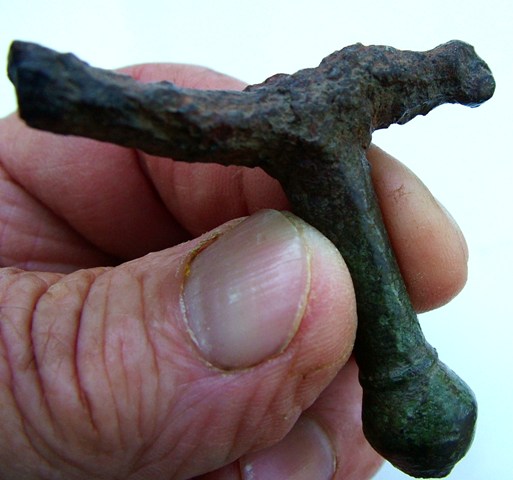
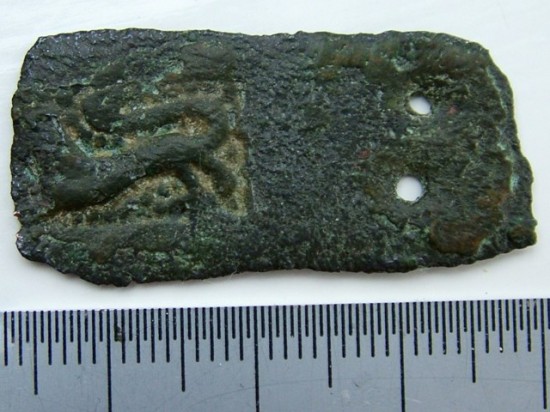
More important are two classic medieval 13th cent finds, a ‘prick spur’ and a lion passant buckle plate. A number of trenches have been dug but nothing indicating a building has so far been found, but an amount of Roman pottery has been recovered close to the surface and so adding to the mystery of this enclosure.
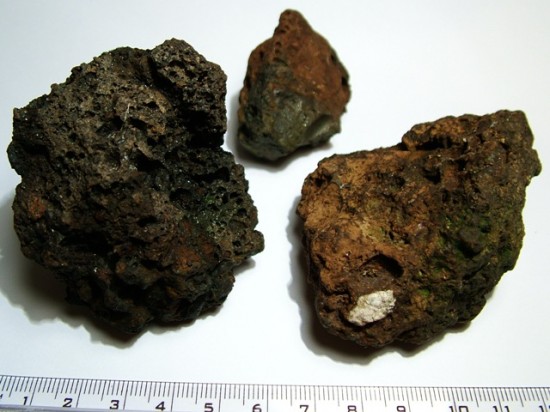
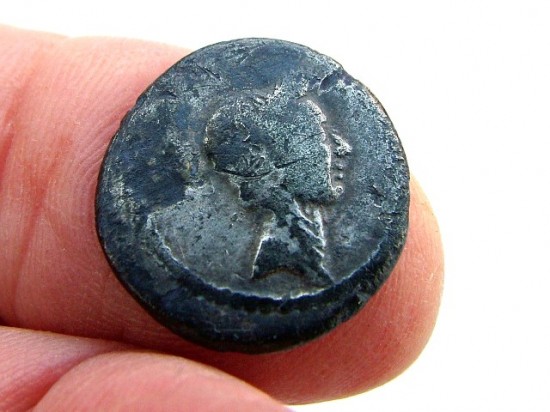
Two Roman coins have been found very close to the surface just beyond the outer ditch, one of these being a Julius Caesar denarius minted in 42 BC, two years after his death.
Another as yet unexplained feature is what appears to be a dump of iron slag (waste product from the smelting process) in the South East corner. Is this roman or medieval? I have dug a trench across the area recovering a few pieces of rectangular (brick?) shaped chalk and some pot fragments that are waiting identification. Work on this is ongoing.
